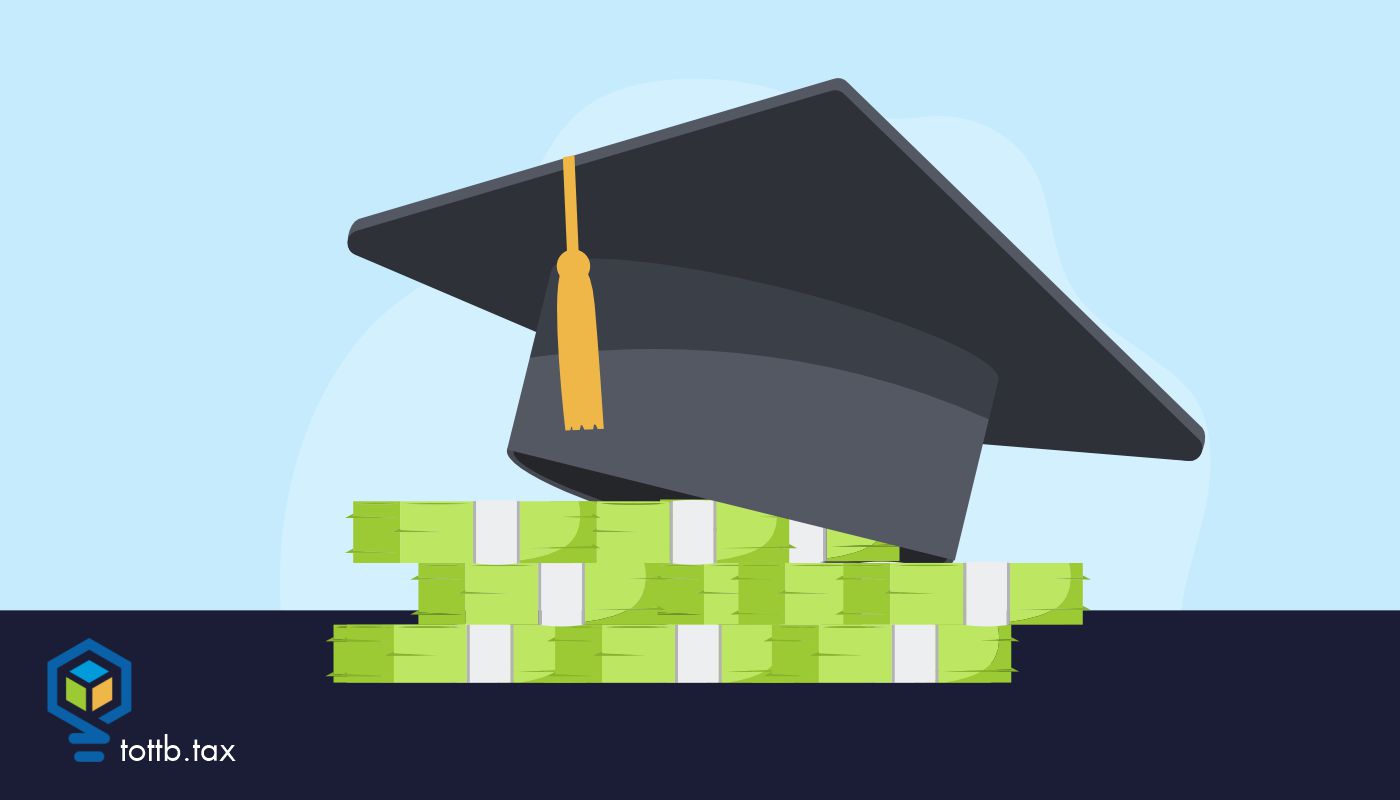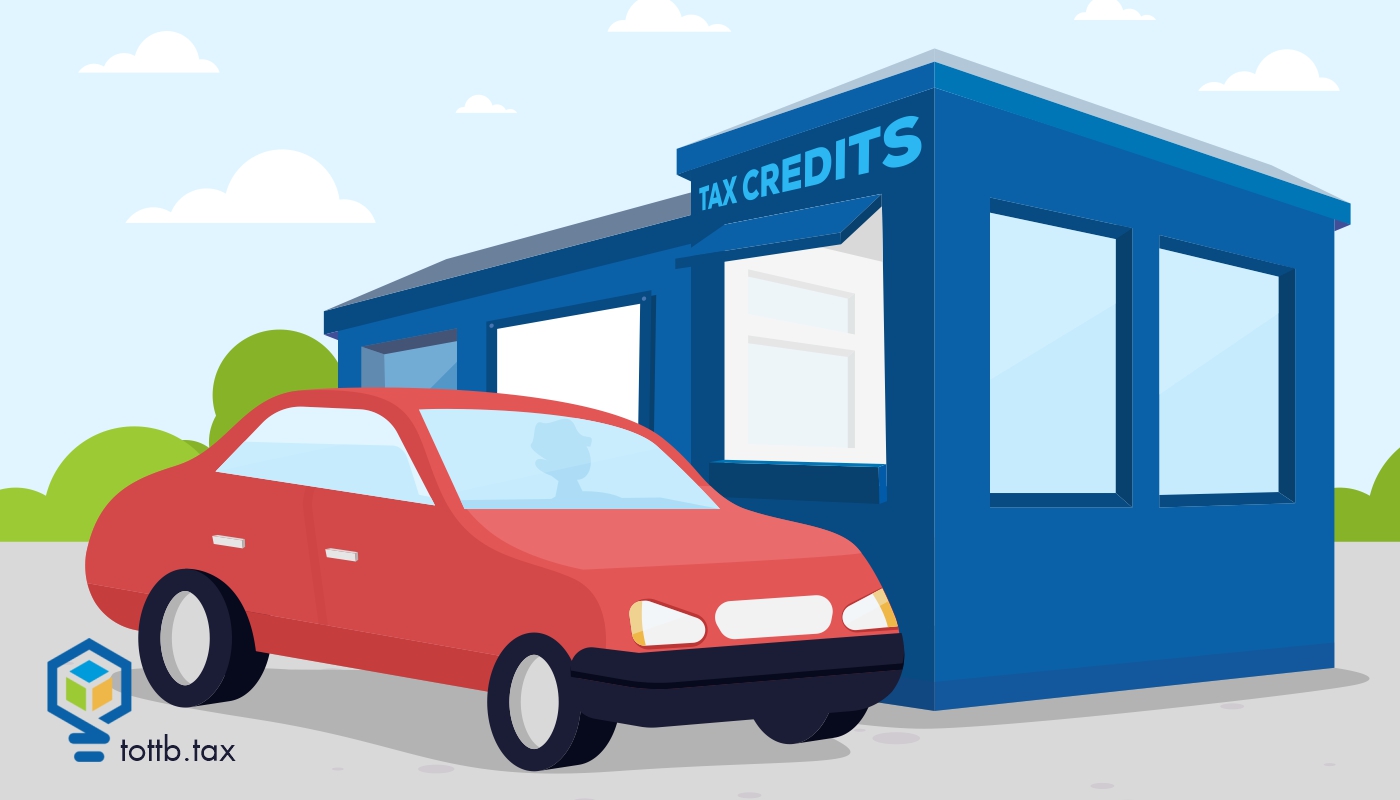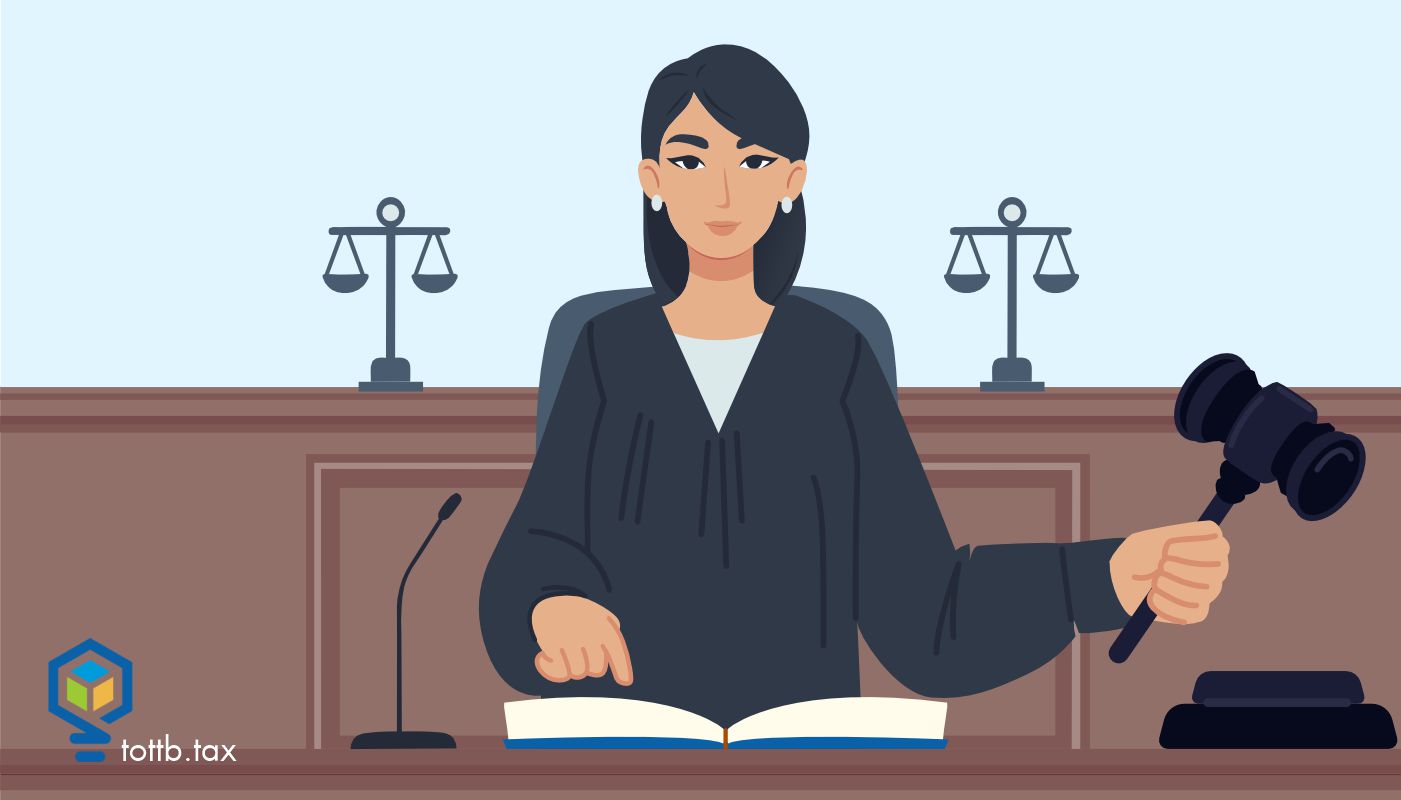Tax shelters offered high income taxpayers an easy way to reduce and even eliminate federal income taxes at the individual level. The growing tax avoidance schemes, many questionable in nature, threatened to collapse the U.S. tax system. Hence the need for tax reform and the Economic Recovery Tax Act of 1981 (ERTA). New rules cannot keep a tax professional down. Real estate was once again the favorite tool for reducing taxes. Enter cost segregation. Couple that with bonus depreciation and the automatic change of accounting method using Form 3115 , and you have a recipe for serious tax reduction. The tax shelters of the 1970s were often questionable. Cost segregation is still a valid way to accelerate deductions for income property owners. But none of that compares to the tax benefits available under the Inflation Reduction Act of 2022 (the IRA).

Breaking Down Tax Benefits for Higher Education
With the rising cost of higher education and greater reliance on student loans, taxpayers are looking for every opportunity to ease the financial burden of earning a degree. Fortunately, several higher education tax benefits are available to help offset the high cost of tuition, student loans and other education-related expenses. However, certain eligibility requirements — such as income limits and tax filing status — often trip up taxpayers along the way. Understanding the nuances of these tax benefits for higher education can ensure your clients take full advantage of available tax savings.





